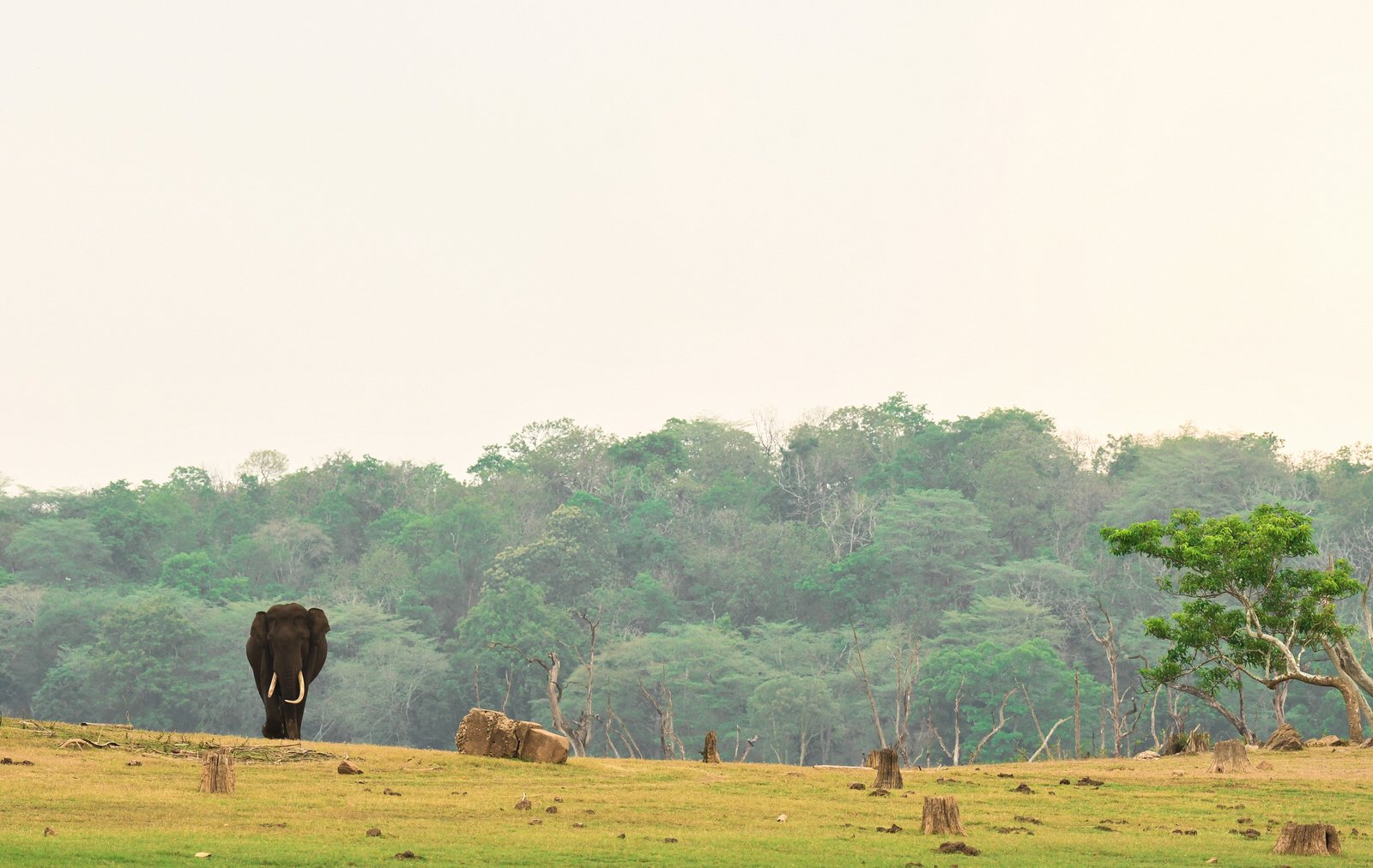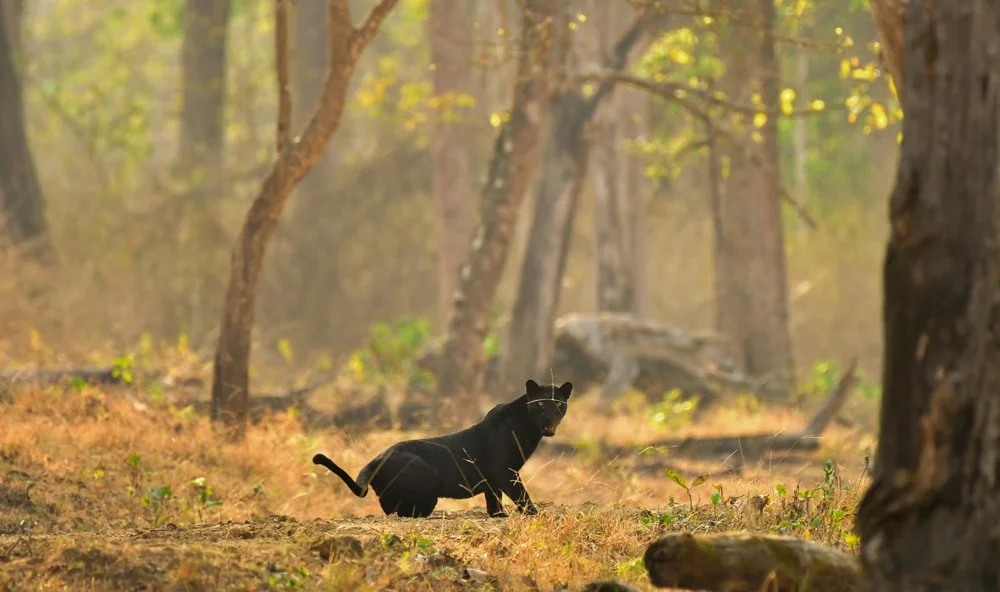
The Western Ghats
Older Than The Himalayas, The Western Ghats Stand As A Testament To Nature’s Endurance, Thriving As A Global Biodiversity Hotspot. Home To Majestic Elephants, Elusive Tigers, And A Myriad Of Bird And Plant Species, These Ghats Have Earned Unesco’s Recognition As A World Heritage Site.
Nature’s Regulator
Beyond their breathtaking beauty, the Western Ghats play a vital role in regulating monsoons, influencing not only their region but the entire country. This intricate system of rivers, forests, and rainfall sustains a delicate balance that has endured for centuries.
A Harmony with Nature
In the heart of cardamom, pepper, tea, and even strawberry plantations, the people of the Western Ghats have mastered the art of coexisting with nature. From constructing rail tracks to large-scale agriculture, they shape the land to their needs while respecting its power by establishing animal and nature reserves.

Things to do
-

Walk in Coffee Plantations
Retrace Baba Budan’s, a 16th-century Sufi saint, steps as he brought coffee beans from Yemen and planted them in the Western Ghats, introducing the magic of modern coffee to Southern India.
-

Trace the History of Yoga
As you reach towards the Southern end of the Western Ghats, the lush forests merge beautifully with the centuries-old traditions of yoga providing a perfect setting to retreat to from everyday life.
-

Taste Local Wine
Taste local wine brands to understand the flavour profile of grapes which are recorded to have existed in the region and used to produce wine since the Indus Valley Civilisation.
-

Celebrate with the locals
Be party to the indigenous traditions of the many local tribes take the form of beautiful festivals such as Pattan Kadoli and performances ripe with song and dance that are unique to the ghats.








